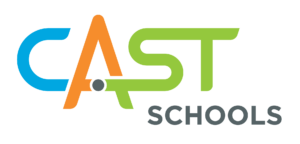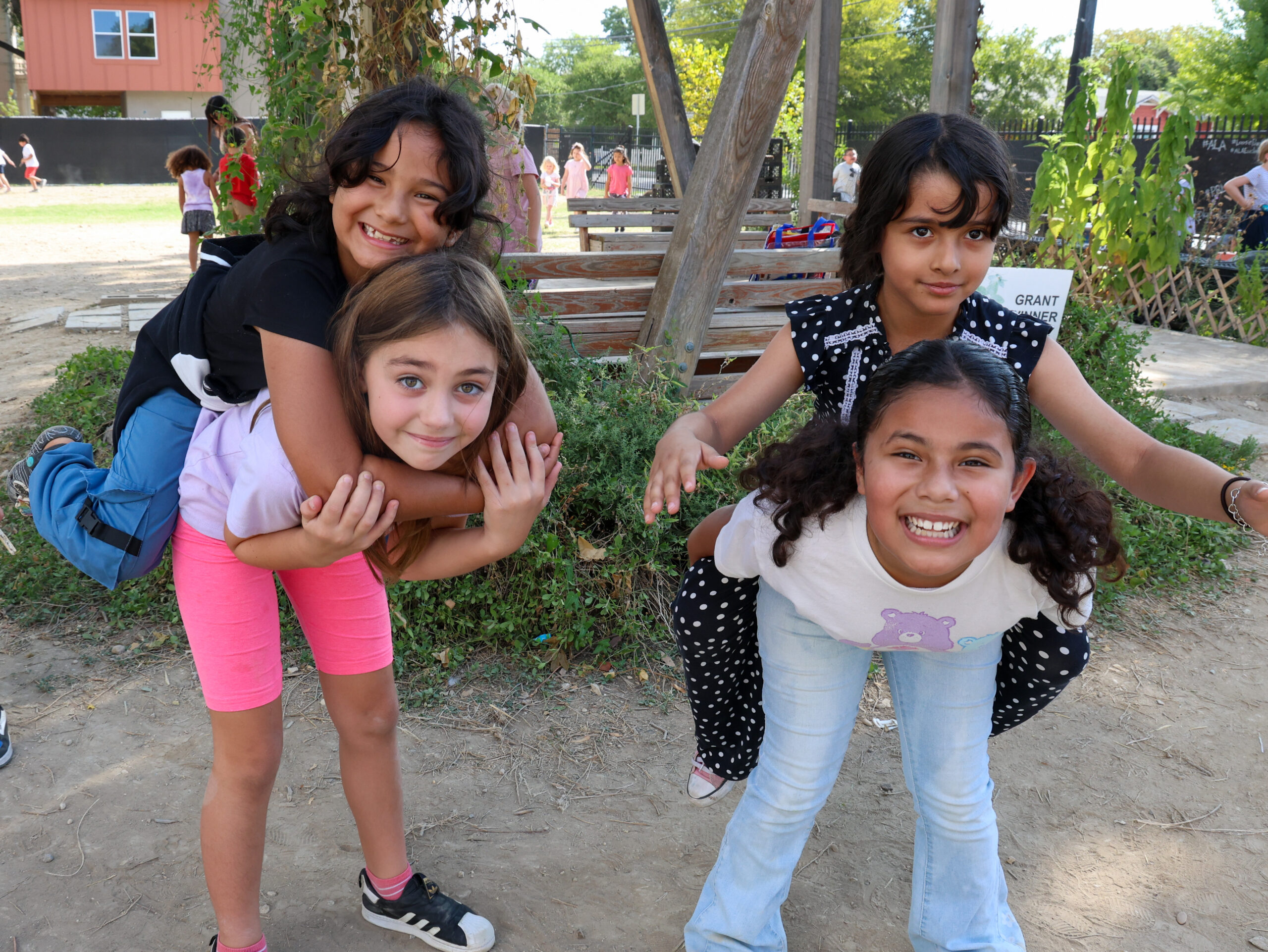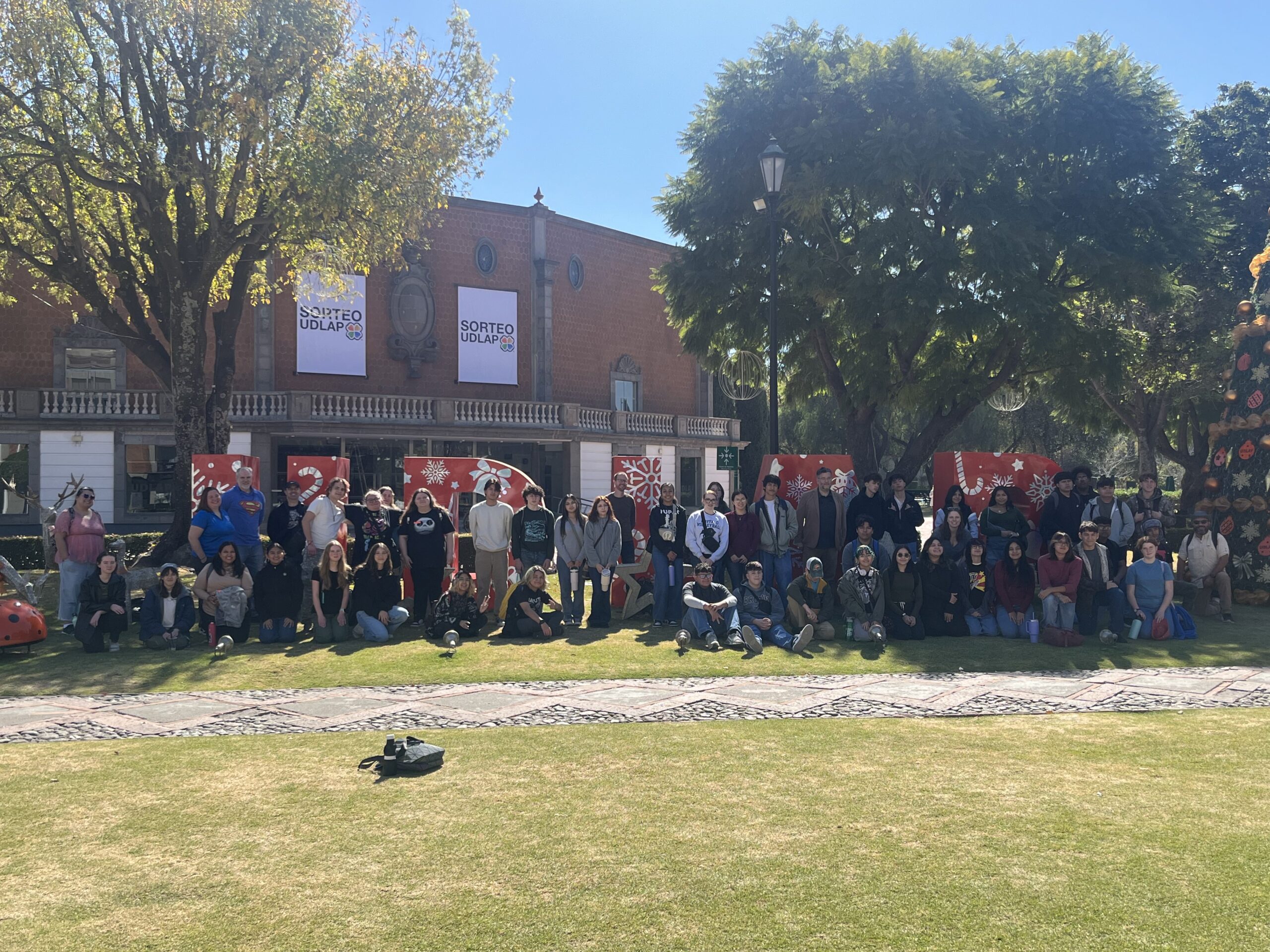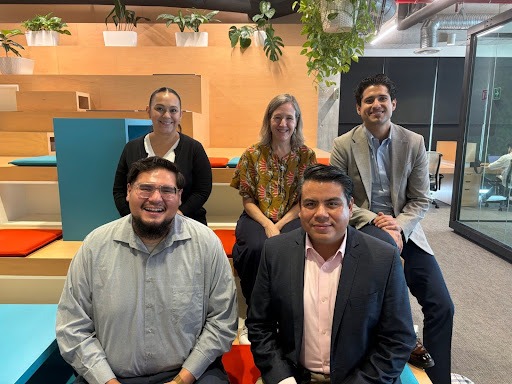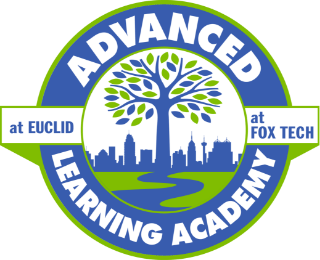Tafolla Toro Three Years of Fear by Lorenzon Gomez III
Curriculum Guide for Schools
Welcome, Teachers
To the Curriculum Guide for the CAST Network production of Tafolla Toro. We appreciate you joining us to enjoy and explore the work of our middle and high school CAST Network theatre students, and we hope you find the play to be poignant, thoughtful, and inspiring.
Our goal is to further and deepen the students’ experience of Tafolla Toro by connecting the story to work being done in the classroom and experiences in students’ personal lives. This guide is formatted as learning experiences with themes of journeys and personal letters. The Teacher Guide asks classes to explore their own journeys and transitions as individuals as a collective by connecting to Mr. Gomez’s narrative. Through Tafolla Toro, a meaningful soliloquy is achieved, reaching a range of ideas including identity, home, geography, self-discovery, and facing adversity.
The guide is intended for you, the teacher, as a place for information and inspiration to fully incorporate the play into your existing curriculum in a way that you see works naturally and meaningfully. Included in the Curriculum Guide is information about the playwright, the creation of the play, historical and cultural context, and activities centered on understanding, self-reflection, narrative writing, and exploring the themes of the play. This guide is a starting place, and we invite you to adapt and expand what best fits the needs of your students.
We hope you enjoy the story and reflecting and writing with your students!
Anything that's human is mentionable, and anything that is mentionable can be more manageable. When we can talk about our feelings, they become less overwhelming, less upsetting, and less scary.
Fred Rogers
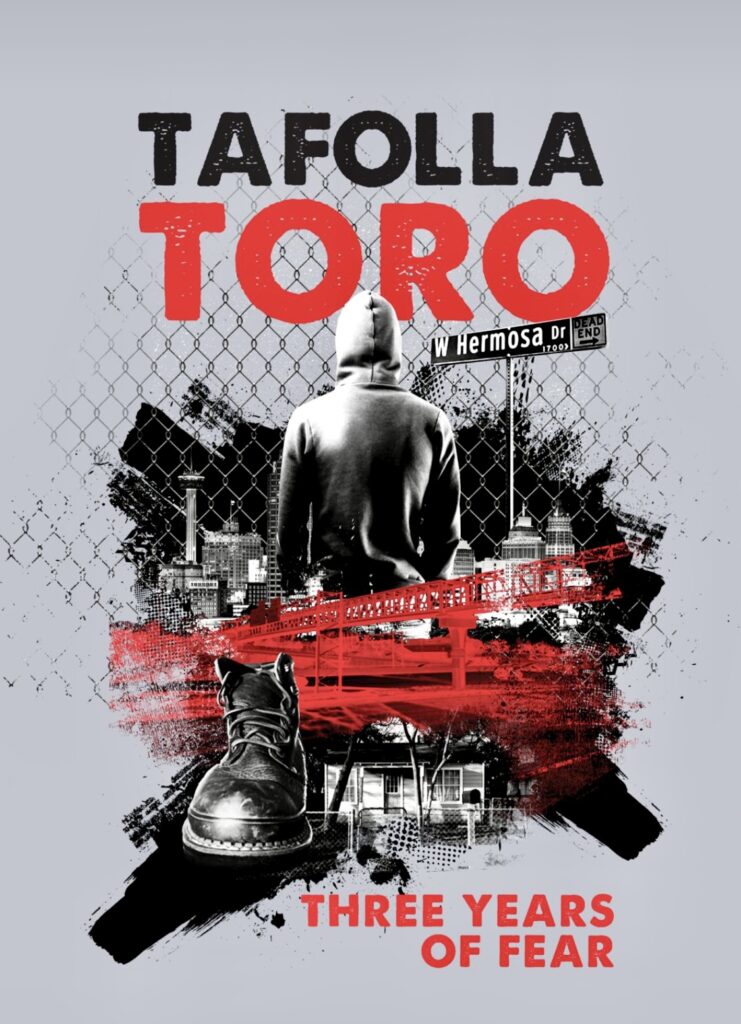
CAST Schools and Advanced Learning Academy & CAST Tech Theatre Program Goals:
- To provide a live theatre experience for students, teachers, administrators, and families in the San Antonio metropolitan area.
- To provide theatre of the highest quality that is interactive, entertaining and relevant; theatre that reflects the life experiences of students who live in an urban, multi-racial and multicultural city.
- To serve principals, teachers, and students in their pursuit of Texas learning standards.
- To integrate performances and teacher guide information/activities into the classroom curriculum.
- To offer our community valuable and relevant resources that will help integrate the fine arts and reach the needs of our students.
About the Book, Author, and Play
The great lie of our society is that mental health and mental illness are the same.” (From Goodreads)
Lorenzo Gomez wants to dispel that notion for good. In his new book, Tafolla Toro, he reaches back in time to share stories of his turbulent, traumatic, and often violent middle school years in one of San Antonio’s most crime-riddled neighborhoods. He opens up to reveal the fear, anxiety, and hopelessness he felt as a teenage and how those forces shaped his life until he began taking steps as an adult to improve his mental health.

Alternating between shocking stories from his youth and letters written to his 12-year-old self, Lorenzo shows young people how to retake the battle of their minds by dealing with what is true and dismantling the lies that lead to self-deception. In Lorenzo’s journey, readers will see someone who understands what they feel, knows what they’re going through, and is standing up to tell them: Decide today that you are worthy.

Lorenzo Gomez III has served as CEO of Geekdom, Texas’ largest coworking space, and is co-founder of The 80/20 Foundation, a philanthropic organization dedicated to investing in the future of San Antonio.
Despite having little college experience, he used valuable lessons from his entry-level jobs to catapult himself into high-impact positions. At the managed-cloud provider, Rackspace, he worked closely with co-founder Graham Weston.
Prior to 2017, Lorenzo was tasked with converting a dying downtown sector into an attractive tech district. He recruited startups, evaluated competitive coworking spaces, convinced civic and government leaders to support tech companies considering relocation, and asked academic institutions to supply the talent. The goal of this work was to establish and develop a tech district in the heart of San Antonio, one that did not exist yet.
Lorenzo’s driving passion is his love for his city, San Antonio, Texas. It is truly a city on the rise. His goal is to enable others to see the vision and help advance the seventh-largest city in the United States into a world-class center for startups, especially in the tech industry.
Toward that end, Lorenzo collaborates with a network of professionals to fortify the growth of the tech district in downtown San Antonio. He is a co-founder of Techbloc and serves as a board member, advisor, and mentor for a variety of local and national tech and entrepreneurial endeavors.
Sense of Place and Belonging
Texas Monthly:
San Antonio CEO on The Worst Years of His Life
CAST Network:
New Play Aims to Help Students
Westside Potential Landmarks (PDF)
Westside Landmarks Presentation (PDF and Photos)
Phase I Designated Westside Landmarks (PDF and Photos)
Phase II Designated Westside Landmarks (PDF of Guadalupe Cultural Arts Center)
Images of places in the novel. Share these on a big screen as you read.








*Main Characters:
Young Lorenzo or Lencho….
Danny……………..
Adult Lorenzo………………….
Mark……………….
Psychologist…………………….
Joe………………….
Mama Gomez…….…………….
Teacher…………..
Mari……………………………….
Raymond………..
Officer……………………………
Coach…………….
Denise…………………………..
Grandma………
*Cast and designers will be filled in once the play is cast; please check back to the online version!
Classroom Activities
- Draw a Bird’s Eye map of Your Neighborhood. Color code the significant places, place a star where important memories occurred.
- Write a letter to yourself describing an important memory from you middle school experience (grades 6-8).
- Write a letter to yourself describing a person that made a difference for you during your middle school years.
- Describe a place during your middle school experience that stands out to you. Try to remember as many details as possible. Think of the colors, the smells, the light. Capture the unique native aspects of where you are. Whose voices do you hear? Why do those moments stand out?
- Draw the place you described. Highlight an important detail by making it disproportionately larger or more colorful. For example, it may be a certain bench, tree, or chair that towers over the rest of the scene, revealing a powerful symbol in your life.
- With a partner, read your descriptions of an important place. Study and talk about your important disproportionate detail. Together, create a scene/dialogue in that place with at least two characters talking to one another about a moment that stands out. Take turns exploring the settings you have created. For this exercise, write a dialogue for both of your settings, they may fit together, or they may be two very different scenes.
- Create a storyboard that reveals a conflict that you have experienced. Your storyboard may look like a comic book, a graphic novel, or include a strand of * one-line drawings. See examples and resources linked here ⇧. Note: Teachers read through these resources for the best examples to serve your class. The links are meant to guide teachers.
- Make a list of 15 different important experiences from grades 6 to the present moment. Next, create a playlist that accompanies your experiences. Share one of those moments and part of a song (30 seconds) from your list with the class. After everyone has shared their playlist and an example, talk about the choices and common themes that surface.
- Optional Dramatic Extension: Explore multiple facets of a character’s choice within a specific dilemma in the story. The strategy is used to embody and analyze the range of ideas, motivations, and factors that a character may be thinking about when he or she makes a decision as they interact with people around them. Through the lens of Tafolla Toro, students will cultivate empathy and deepen their understanding of the author’s point of view through a theatrical experience.
- As a group, identify the main conflict of Tafolla Toro. This may vary depending on the class, but the conflict should have something to do with Lencho’s experiences and the discovery of his identity, his fears, and his adjustments. Next, invite the class to form two standing lines, facing each other. Create a space or alley between the rows where a person can easily walk through..
- Next, a student volunteer takes on the role of the character in the imagined scene — Lencho/Lorenzo. (The character can be changed and repeated with different students if needed or desired.)
- Explain that the students playing Lorenzo will walk slowly down the row. The row can be any scene from the novel: the bridge, Lorenzo’s home street, a hall or locker room in middle school. As Lorenzo passes, each standing student will represent different arguments Lorenzo might have heard on his journey. The students can represent any of the characters. They will share their advice, warnings, and arguments in one statement directed toward Lorenzo as he walks down the alley. The students may also share lines that could be inside Lorenzo’s head (fears, beliefs, concerns felt by the character). Record the lines that are shared during the improvisation to talk about later.
- Although the lines shared by students can be spontaneous, it is important that students generate statements that are authentic to the situation and the novel. These statements may come directly from the novel. Statements may be generated and written on a sentence strip before the walking. After walking the alley, ask the student to debrief and share how they are feeling about the walk.


- Write a letter to your middle school self-offering advice on how to face one of the challenges that you experienced during that time.
- Write a letter to your middle school self-offering advice on how to interact with a difficult friend, classmate, or family member.
- Write a letter of gratitude to someone that helped you through a difficult time. In that letter, be specific as to how this someone helped you manage that challenge.
- Write a letter to an important friend or family member that describes the type of support that you need from that person to grow stronger and why this will help you.
- Optional Dramatic Extension: Looking over your letters, bring your story together, and create a monologue or soliloquy that tells your story from your point of view. Record your story on Zoom, through an audio or video app, or share it live with your peers in class. As you listen to one another’s stories, record the strongest and most common similarities that each person has experienced as a collective.
- Think of an important place to keep your collection of letters. On a sheet of white paper draw a map to that place. Keep the map somewhere else important. Preserve your letters in an important and sacred place highlighted on your personal map. Keep these personal letters. Someday, you might write a book like Lorenzo did! Someday you will look back and understand some of the most challenging years in a deeper way.
At the end of the following sections of narrative writing and class activities, each student will have a powerful group of personal letters.
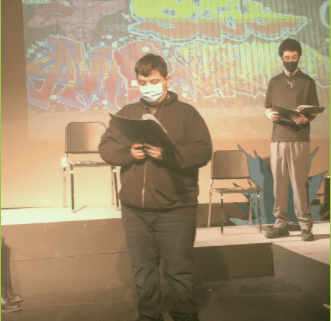
Dear Miguel, never be afraid to express yourself, you are strong, and you have meaning in the world, so much more than what people say...
Associated Focus TEKS for Theatre I and English I and II Included in the Curriculum:
English I and II
(3) Developing and sustaining foundational language skills: listening, speaking, reading, writing, and thinking–self-sustained reading. The student reads grade-appropriate texts independently. The student is expected to self-select text and read independently for a sustained period of time.
(4) Comprehension skills: listening, speaking, reading, writing, and thinking using multiple texts. The student uses metacognitive skills to both develop and deepen comprehension of increasingly complex texts. The student is expected to:
(B) generate questions about text before, during, and after reading to deepen understanding and gain information;
(D) create mental images to deepen understanding;
(E) make connections to personal experiences, ideas in other texts, and society
(H) synthesize information from two texts to create new understanding
(5) Response skills: listening, speaking, reading, writing, and thinking using multiple texts. The student responds to an increasingly challenging variety of sources that are read, heard, or viewed. The student is expected to:
(A) describe personal connections to a variety of sources, including self-selected texts;
(B) write responses that demonstrate understanding of texts, including comparing texts within and across genres;
(E) interact with sources in meaningful ways such as note taking, annotating, freewriting, or illustrating
Theatre I
(4) Historical and cultural relevance. The student relates theatre to history, society, and culture. The student is expected to:
(A) portray theatre as a reflection of life in particular times, places, and cultures;
(B) relate historical and cultural influences on theatre;
(C) identify the impace of live theatre, film, television, and electronic media on contemporary society
(2) Creative expression: performance. The student interprets characters using the voice and body expressively and creates dramatizations. The student is expected to:
(D) use physical, intellectual, emotional, and social awareness to portray believable characters and convey a story when applying acting concepts, skills, and techniques;
(F) create, write, and refine original monologues, improvsations, scenes, or vigenttes that reflect dramatic structure to convey meaning to the audience through live performance or media forms
Teachers, please feel free to add your ideas, lessons, student examples, process photographs, and reflections to this curriculum. We would love to include those additions and student examples in this curriculum guide in the future! For questions, feel free to email Jose DeHoyos at jdehoyos4661@swisd.net, and Amy Strengel at astengel1@saisd.net.
